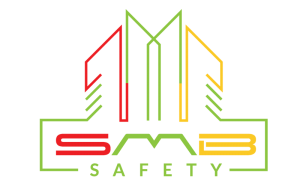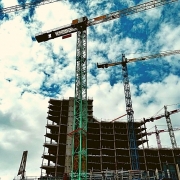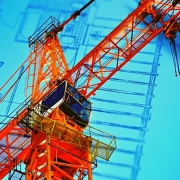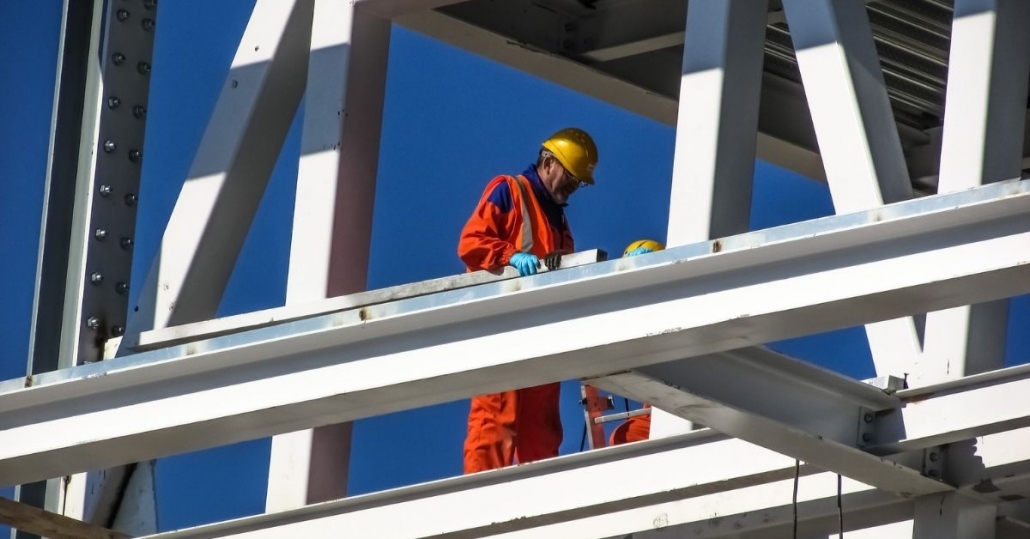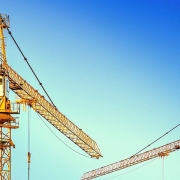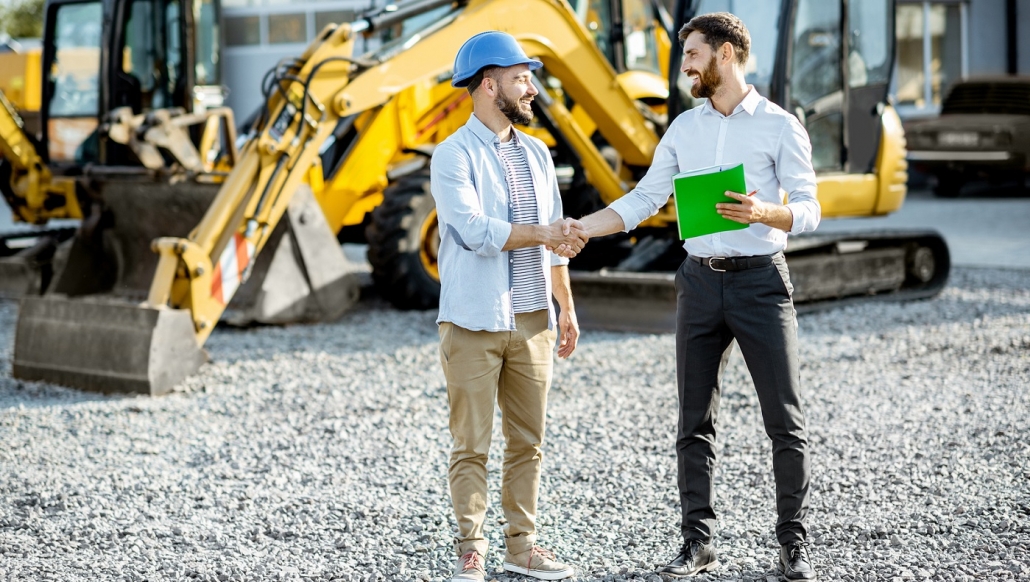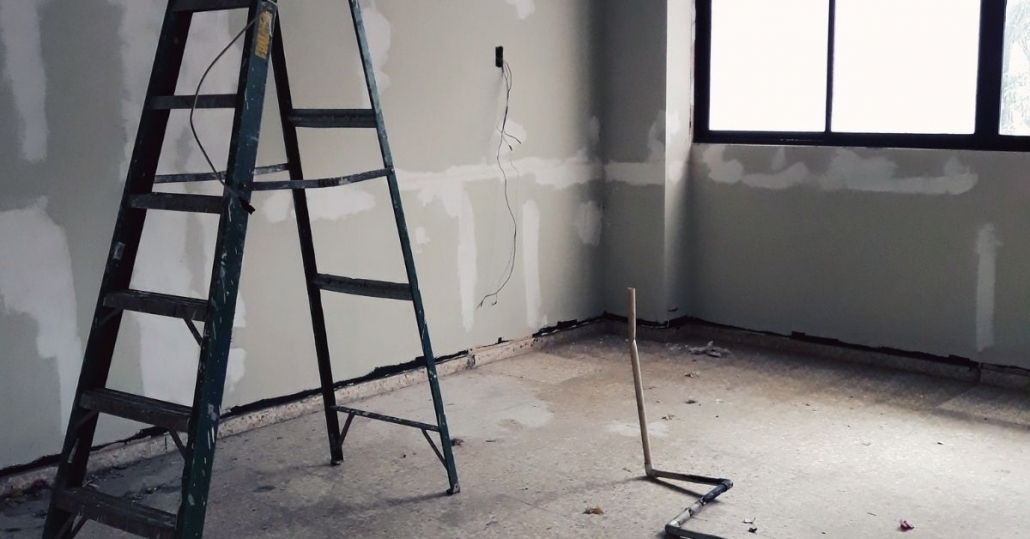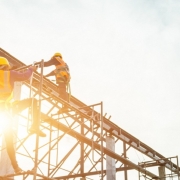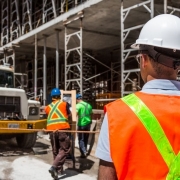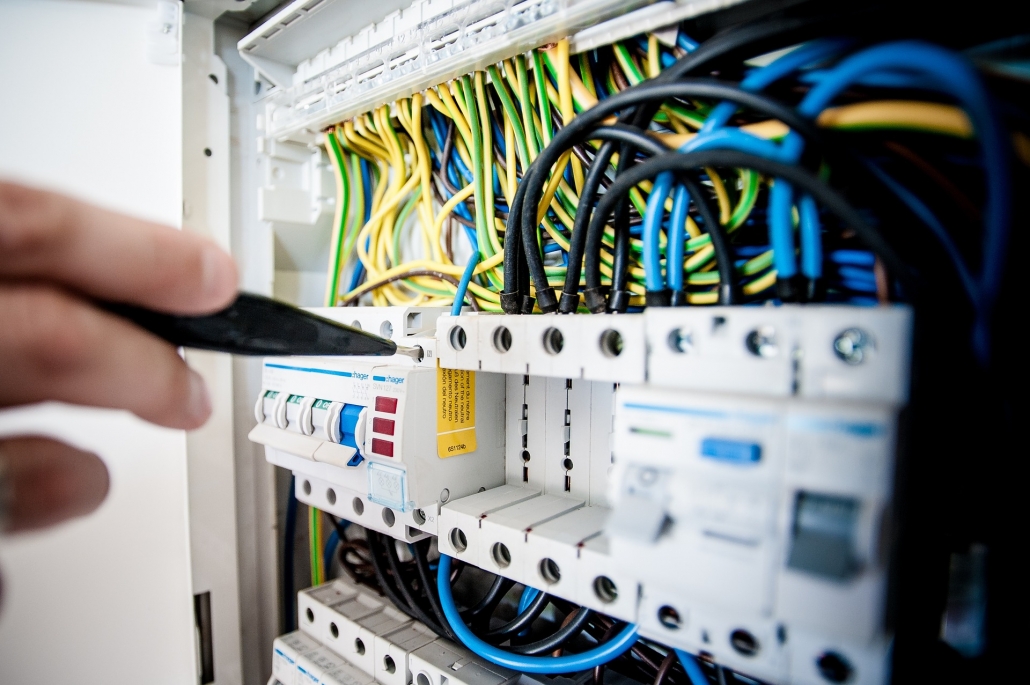Construction Site Safety Checklist – Top 7
Got these on your construction site safety checklist?
In 2020, the top violations in construction site safety included fall protection, hazard communication, respiratory protection, scaffolding, ladders, eye and face protection, and machine guarding. All of these accidents could have been avoided by following through with a construction site safety checklist.
Construction site safety checklists are a resource that ensures nothing gets missed when evaluating site safety features, equipment, and procedures, including PPE, work methods, safety training, work areas, and other elements where hazards can exist.
A site safety checklist can be referenced daily, weekly, or as many times as required to ensure the safety of employees and visitors to a construction site.
Here are 7 that should be on your list:
1. PPE safety check
Personal Protective Equipment (PPE) checklists ensure staff use the right equipment and are trained in its correct use. PPE must be of the correct type and fitting. PPE must be inspected regularly as the nature of the construction means they are subject to damage. Typical PPE found on a construction site includes high-vis clothing, safety harnesses, and safety goggles, and gloves.
2. Conduct a safety risk assessment
Construction sites are not your average workplace and require a lot more diligence to keep all on-site personnel safe.
A risk assessment should be performed before the start of every construction project, during the project, and at the end of the project.
Regular safety risk assessments are required because constructions sites are dynamic, with the work environment changing from one day to the next.
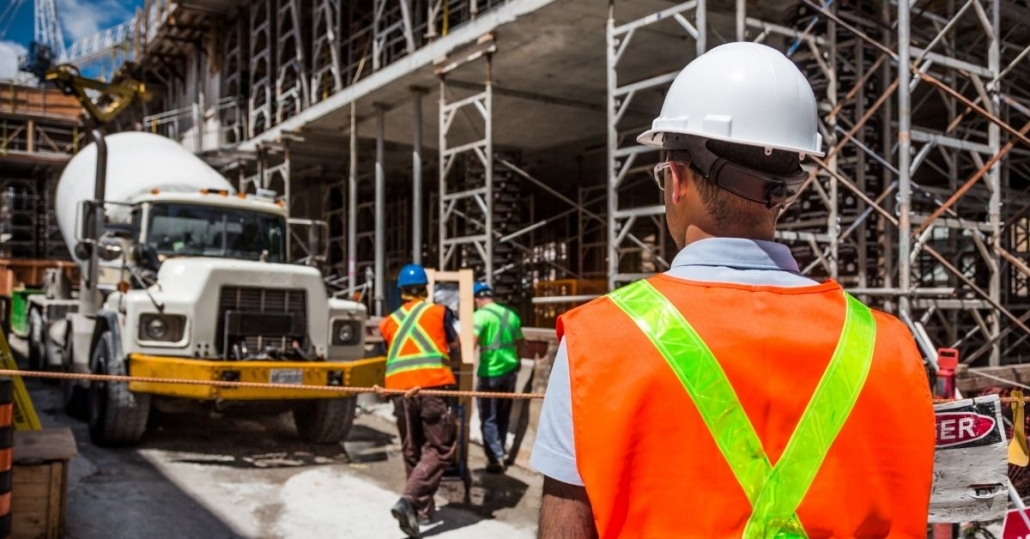
3. Work method statements
All high-risk sites require a Safe Work Methods Statement (SWMS) to be prepared before work commences. This is law in all states, and work cannot begin until all requirements are met. You can learn more about SWMS for each state at the link below.
- Queensland
- New South Wales
- Victoria
- South Australia
- Northern Territory
- Western Australia
- Tasmania
4. Implement safety training
A construction site worker must hold a white card to legally work on-site. However, all construction sites are unique, so each worker will also require a site-specific training induction, which will include pointing out exits, first aid stations, and high-risk areas, to name just a few.
5. Safety when working from heights
Any construction site worker working from a height of 2 metres, or more is considered to be working at heights. Unfortunately, these workers are the most at risk for sustaining a preventable injury. You can prevent these injuries by using a heights procedure template to improve safety. General tips will include avoiding working at heights if possible, minimising fall distance, and using the correct type of equipment such as fall protection barriers and harnesses.
6. Identify hazards
Hazards are a fact of life on most construction sites, and it’s impossible to eliminate all of them. However, conducting regular safety audits, and using signage, and creating clear communication channels for alerting to bring attention to hazards will significantly reduce the chance of injury or worse.
7. First aid
It’s good practice to have one first aid officer for every 25 workers on a construction site. First aid equipment should also be placed in prominent and easily accessible positions throughout the workplace to ensure quick access.
Need help in making your construction site safer?
I’m Sean Brown, the founder of SMB Safety Pty Ltd, and for over 25 years I have been helping small and medium builders across NSW and Australia build safer construction sites. If this article has you thinking about improving safety on your construction site, give me a call and let me help you fill in the gaps.
